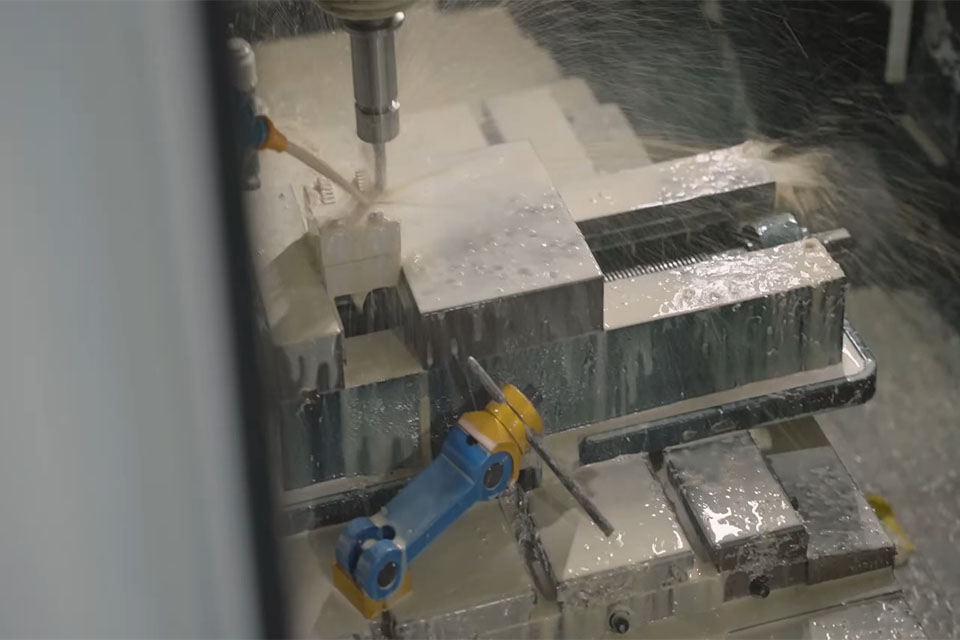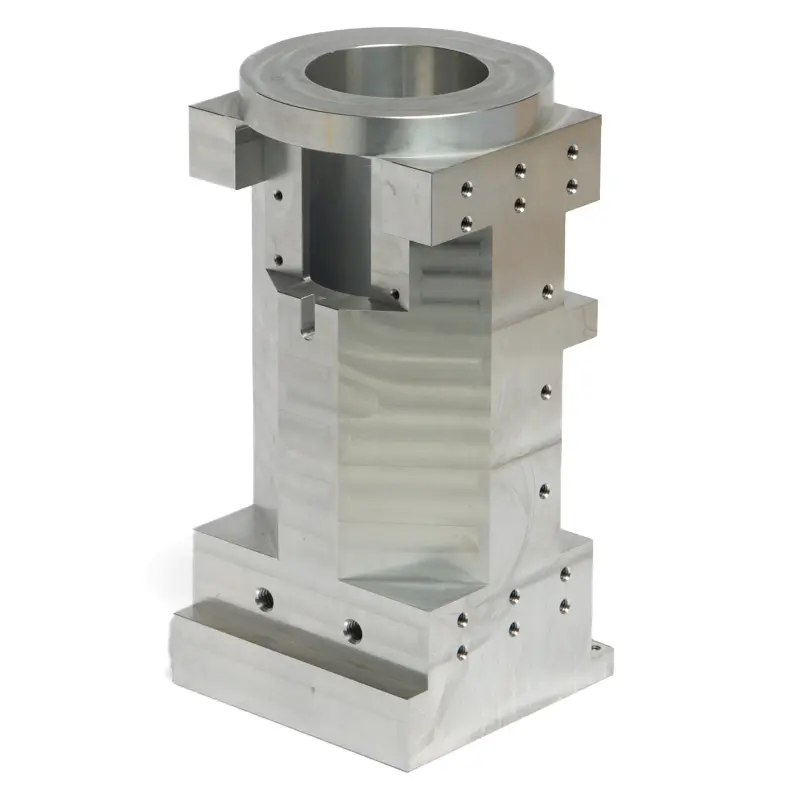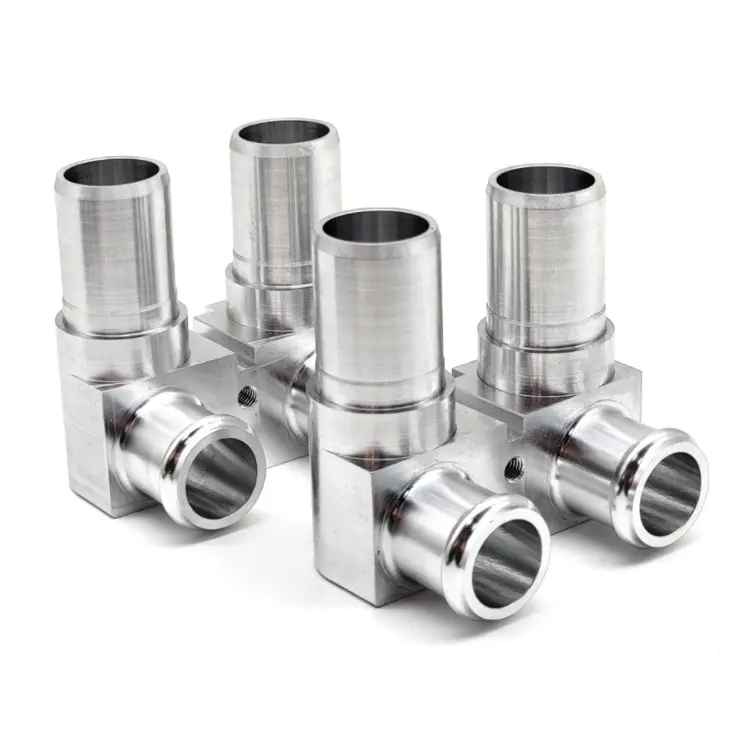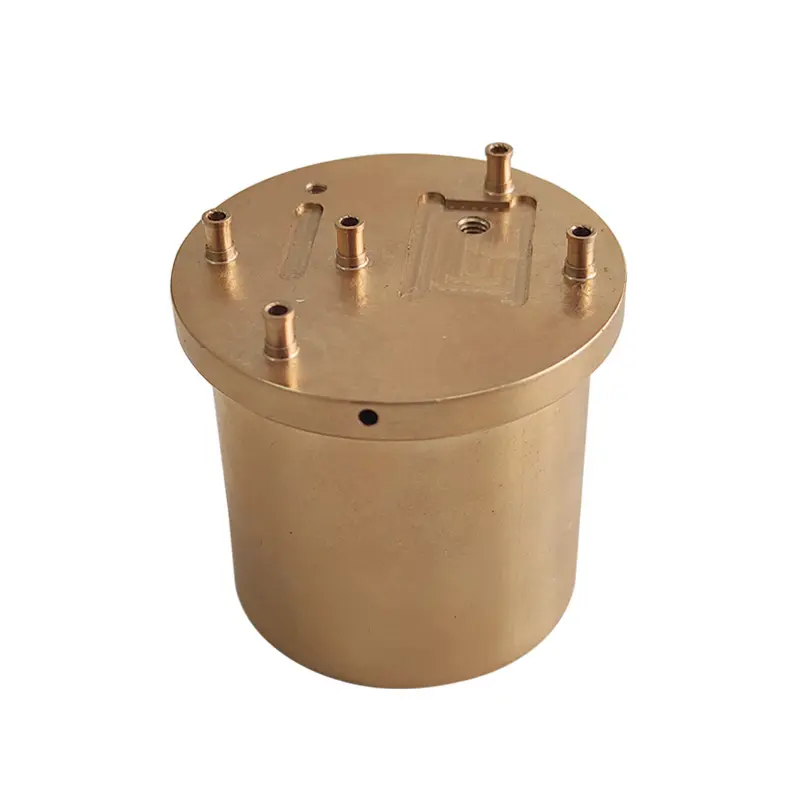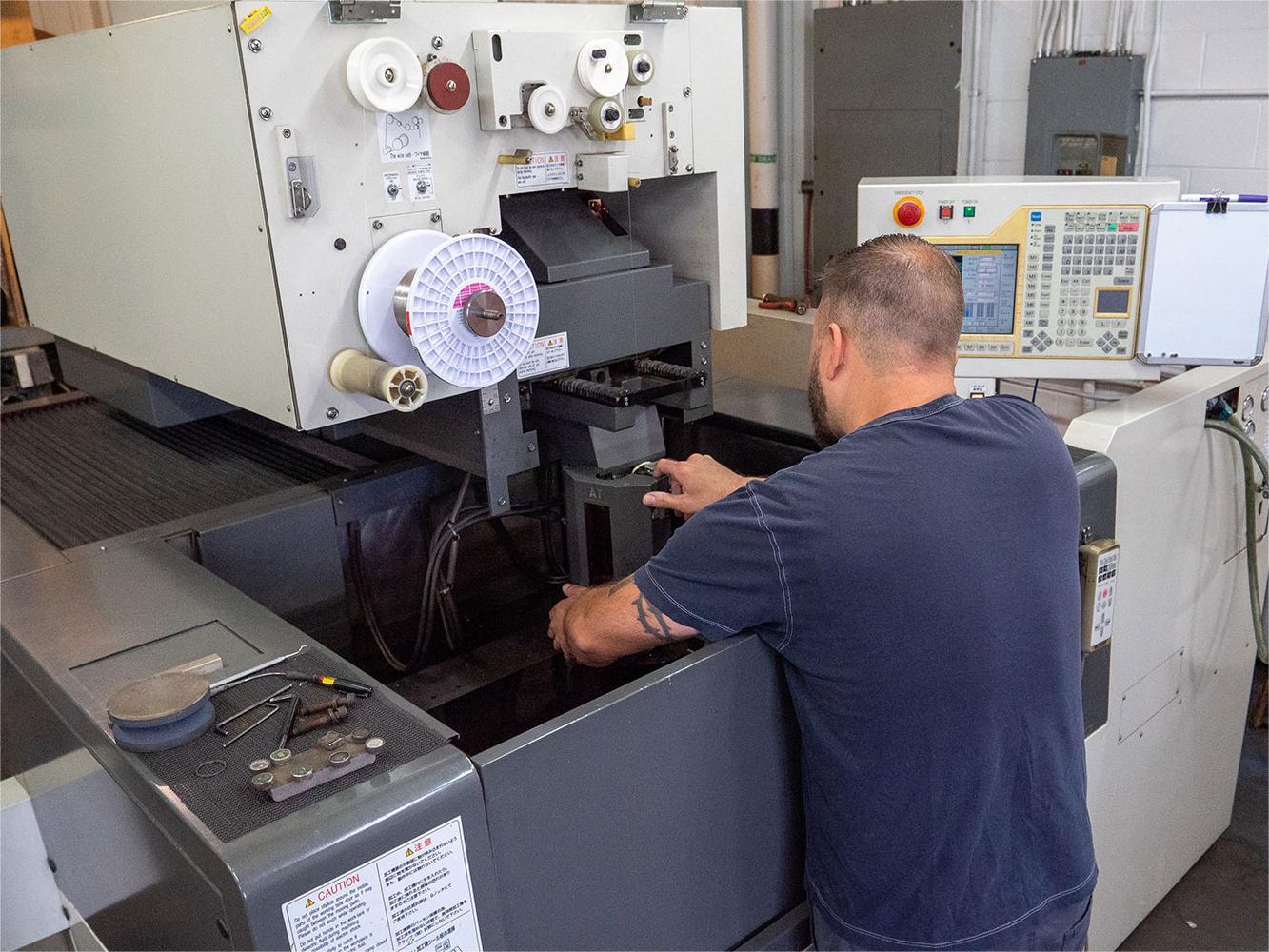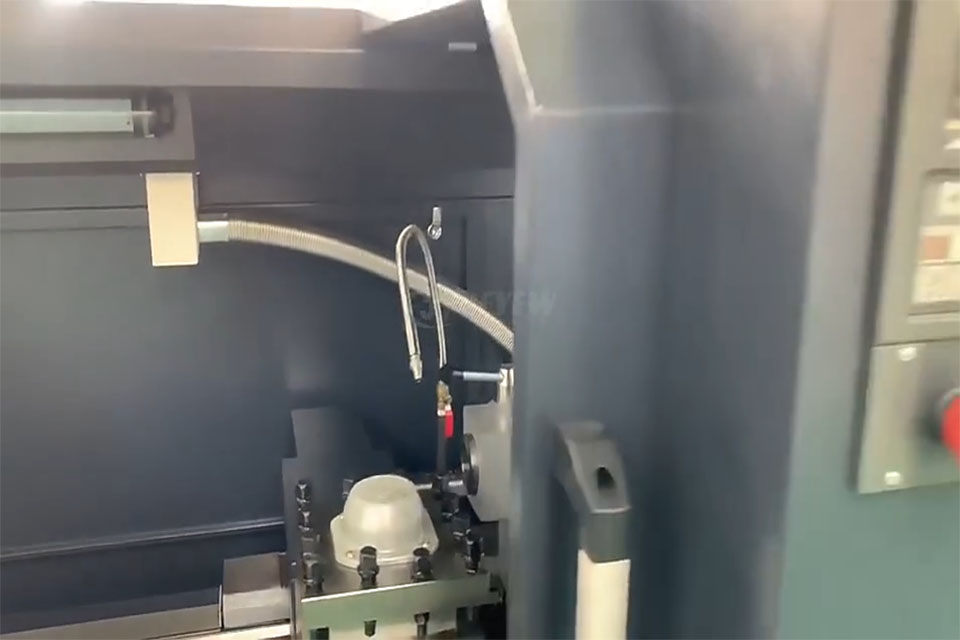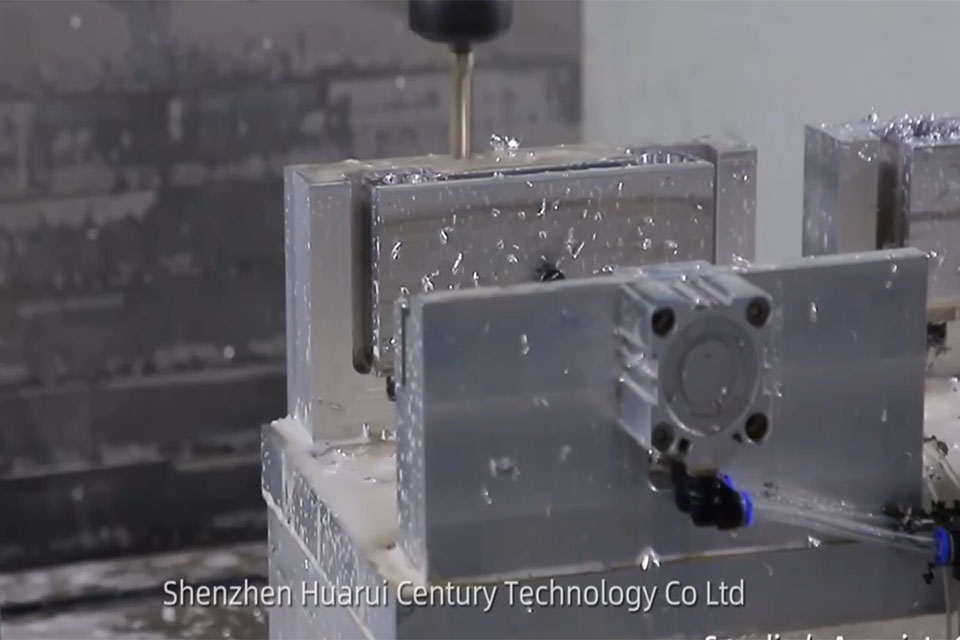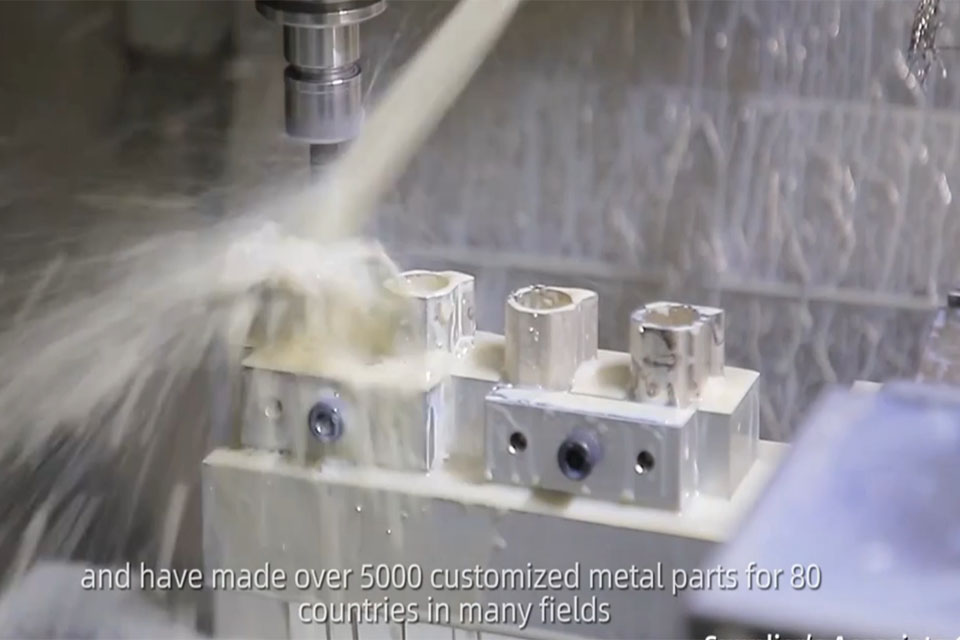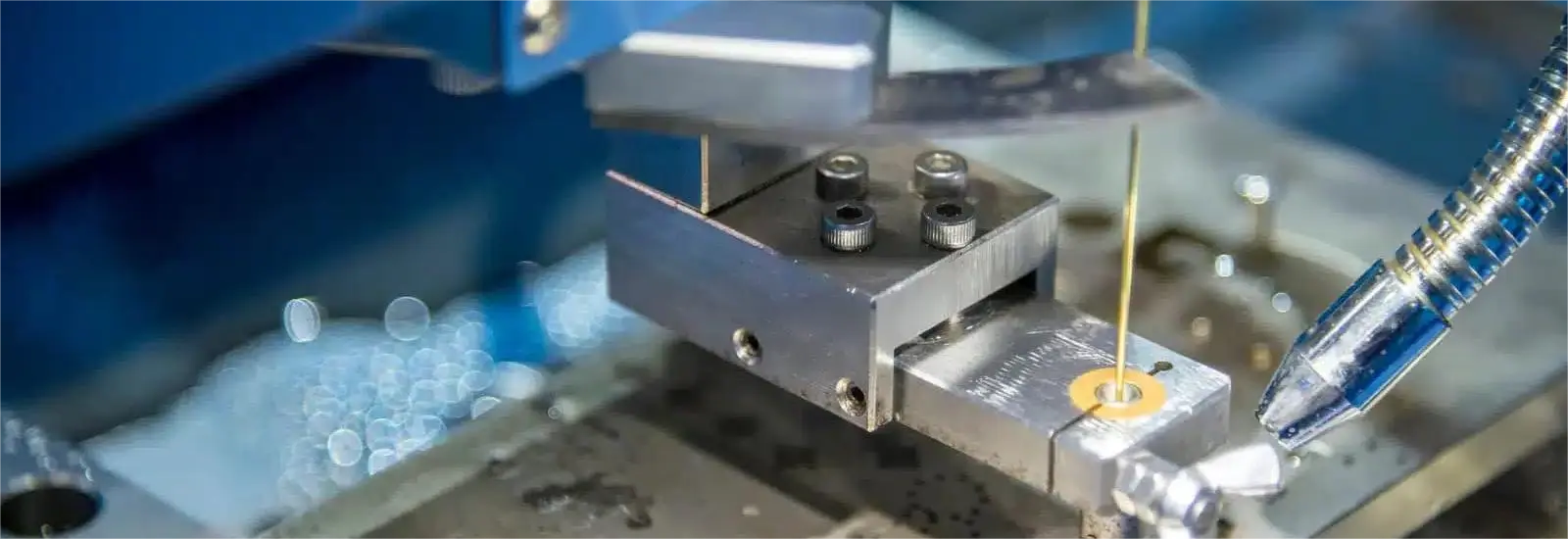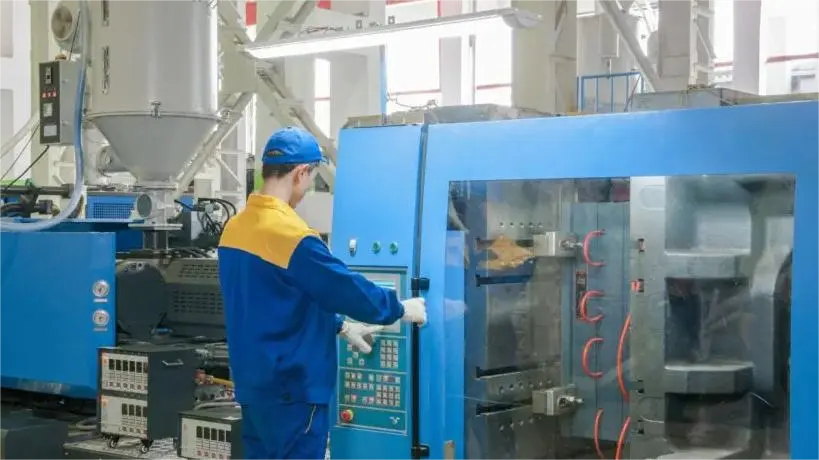
E-Coating Explained: Process, Benefits, and How It Compares to Powder Coating
目录
导言
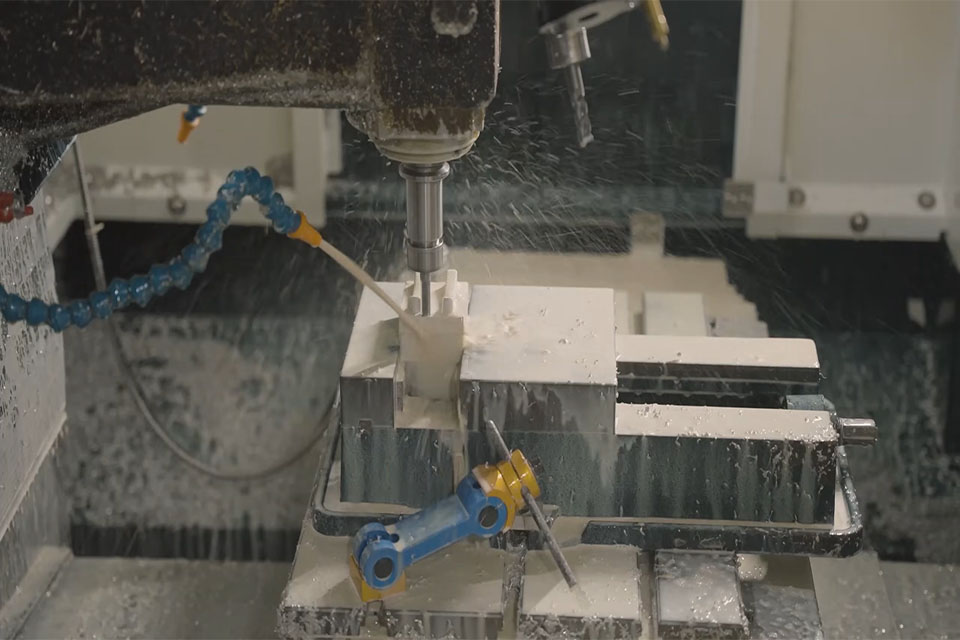
Understanding the Basics of E-Coating
E-coating is an electrochemical process where charged paint particles bond to metal surfaces, forming a thin, protective layer. Unlike traditional methods, it eliminates overspray and ensures even coverage in recessed areas.
主要功能:
- Uses water-based paints with minimal environmental impact.
- Achieves precise thickness (15–35 microns) via controlled voltage.
- Ideal for high-volume production due to automation-friendly workflows.
How E-Coating Works: A Step-by-Step Breakdown
- Pretreatment: Parts are cleaned and degreased to ensure adhesion.
- 浸入式: Submerged in a paint bath with charged particles.
- Electrodeposition: Current attracts paint to the metal surface.
- Rinsing: Removes excess particles.
- 固化: Oven heat solidifies the coating.
This process is widely used in 汽车制造 for car frames and engine parts.
Key Components of an Effective E-Coating System
| 组件 | 角色 |
|---|---|
| Paint Bath | Holds water-based paint and additives |
| 电源 | Controls voltage for consistent thickness |
| Curing Oven | Solidifies the coating |
| Filtration | Maintains bath purity |
The E-Coating Process: From Pretreatment to Curing
- Pretreatment: Critical for removing oils and contaminants.
- Bath Immersion: Parts are coated uniformly via electrodeposition.
- Post-Treatment: Rinsing ensures no residue remains.
- 固化: Enhances durability (20–30 minutes at 150–200°C).
For intricate parts, consider 5 轴数控加工 to optimize geometry before coating.
Materials Compatible with E-Coating Technology
E-coating works best with conductive metals:
- Steel, aluminum, and zinc-coated metals.
- Brass, copper, and electroplated substrates.
Explore 数控材料 to choose the right base for your project.
Top Industries Benefiting from E-Coating Solutions
| 行业 | 应用 |
|---|---|
| 汽车 | Engine parts, chassis |
| 航空航天 | Structural components |
| 医疗 | 手术工具、植入物 |
| 电子产品 | PCBs, connectors |
对于 医疗器械, e-coating ensures biocompatibility and sterility.
Advantages of E-Coating for Modern Manufacturing
- ✅ Superior Corrosion Resistance: Outlasts traditional paints.
- ✅ Uniform Coverage: Reaches hidden areas.
- ✅ 环保: Low VOC emissions.
- ✅ 经济高效: Minimal waste for bulk orders.
Limitations to Consider Before Choosing E-Coating
- ❌ Limited to conductive materials.
- ❌ Higher initial setup costs.
- ❌ Thinner coatings vs. powder coating.
E-Coating vs. Powder Coating: A Detailed Comparison
| 系数 | E-Coating | 粉末涂层 |
|---|---|---|
| 厚度 | 15–35 microns | 30–150 microns |
| 耐腐蚀性 | 优秀 | 良好 |
| Color Options | 有限公司 | Extensive |
| 费用 | Lower for high volume | Competitive for small batches |
For decorative finishes, pair e-coating with 表面处理.
Selecting the Right E-Coating Partner for Your Project
Choose a provider with:
常见问题
How long does E-coating last?
E-coating can protect metals for 10+ years in moderate environments.
Can you paint over E-coating?
Yes—it’s an excellent primer for additional layers.
Is E-coating UV-resistant?
Standard e-coats require topcoats for UV protection.
Does E-coating work on plastics?
No—it requires conductive materials like metals.
主要收获
- E-coating offers unmatched 耐腐蚀性 for metals.
- Ideal for high-volume industries like 车载 和 电子学.
- Compare with powder coating for thickness and aesthetics.
Ready to enhance your product’s durability? 联系我们 for tailored e-coating solutions.
评论
出色的产品案例
标签
相关博客
从我们的博客中获取有关 CNC 加工的最新趋势和事实。

